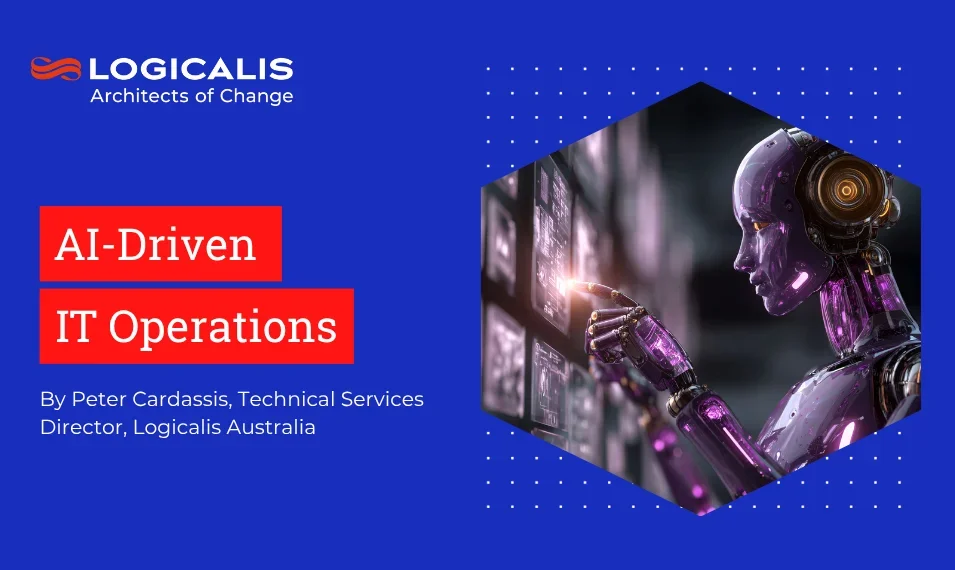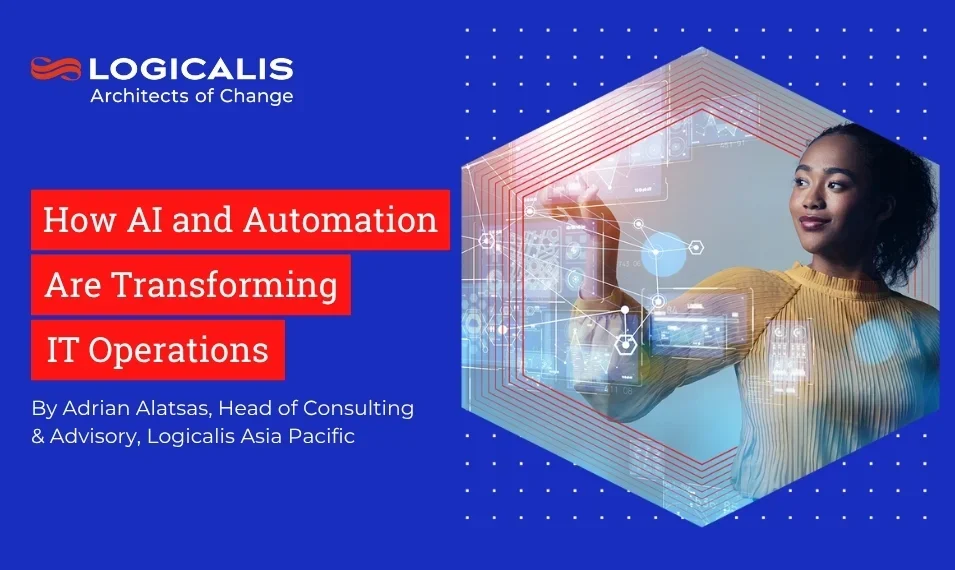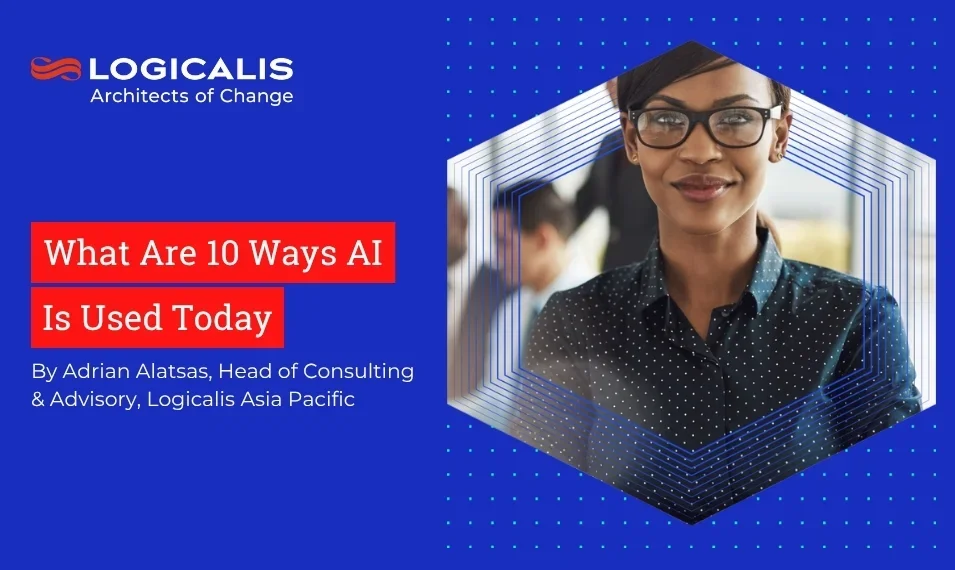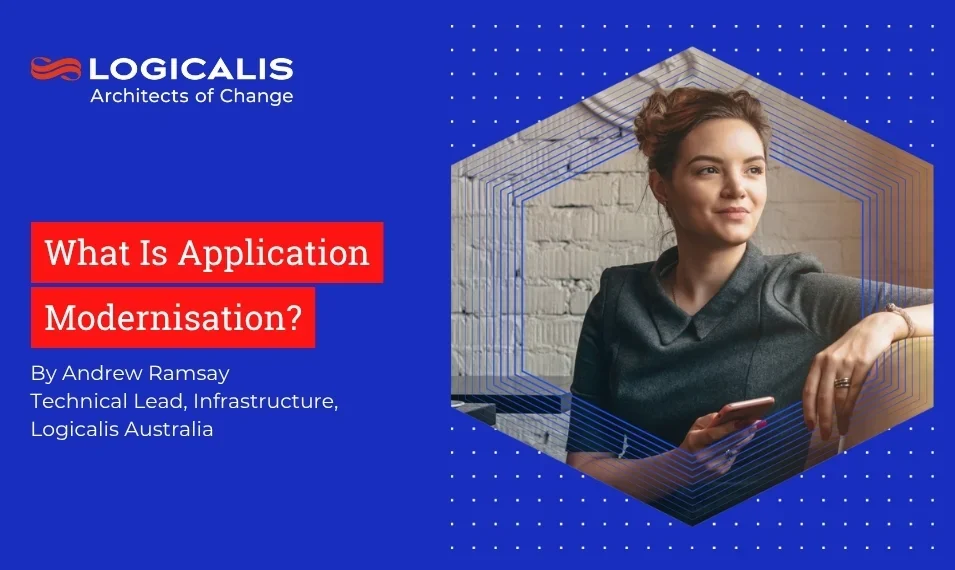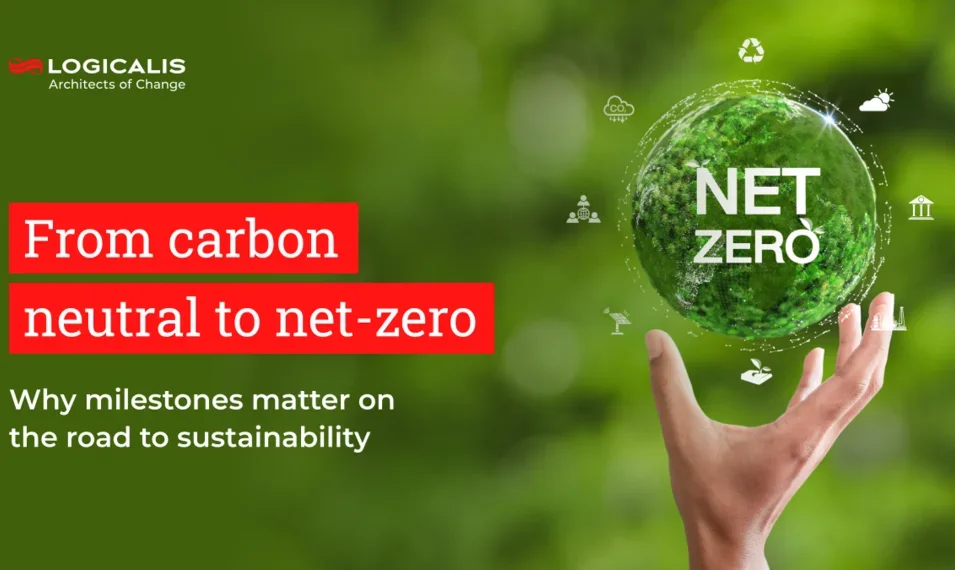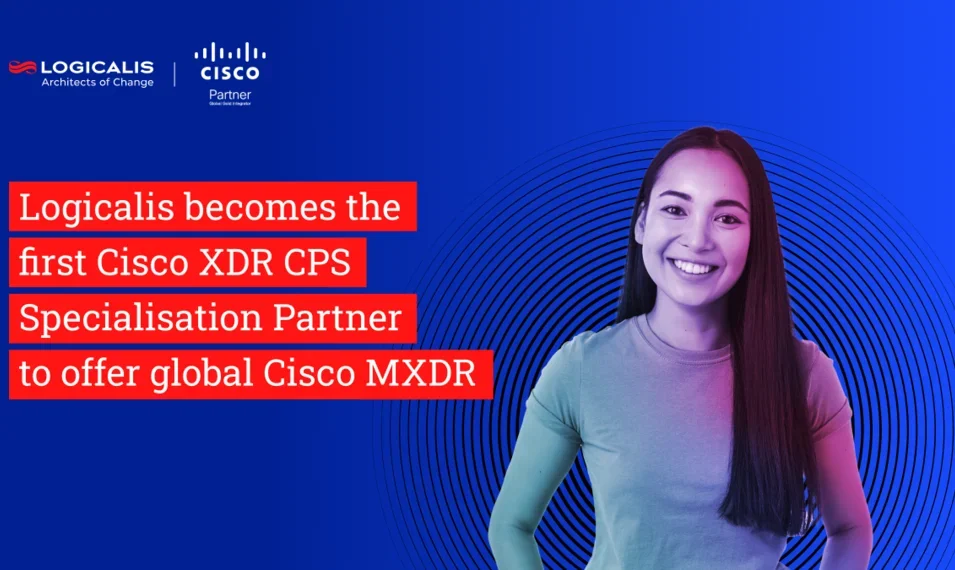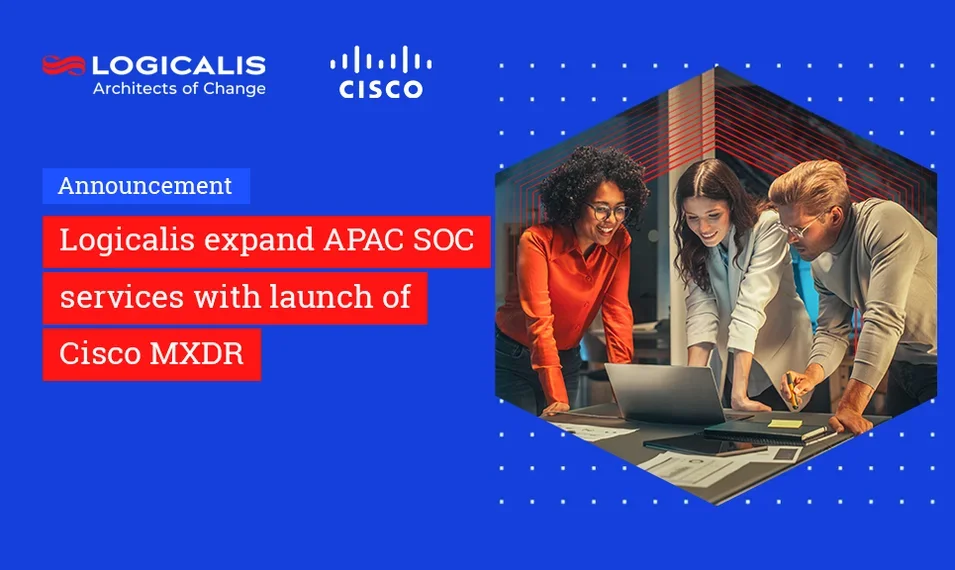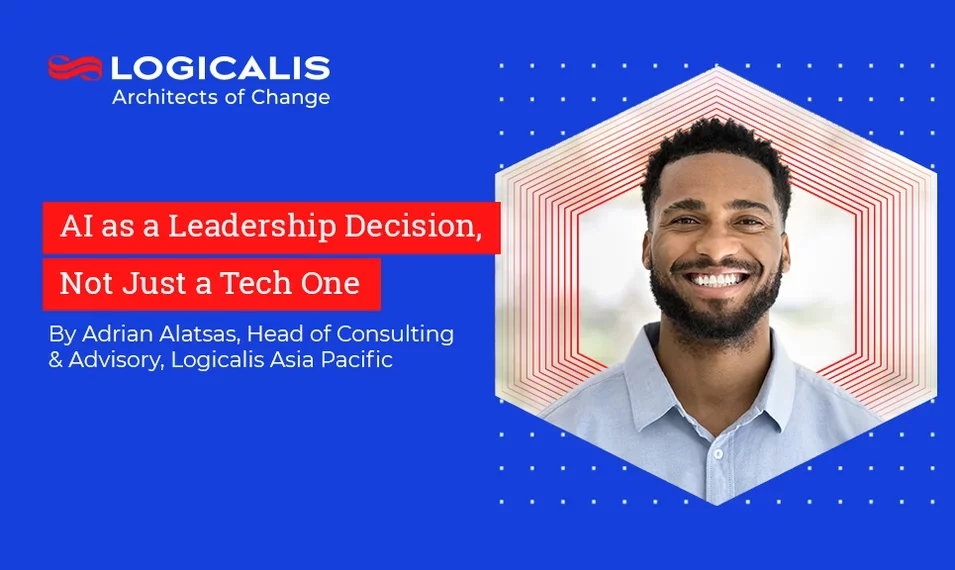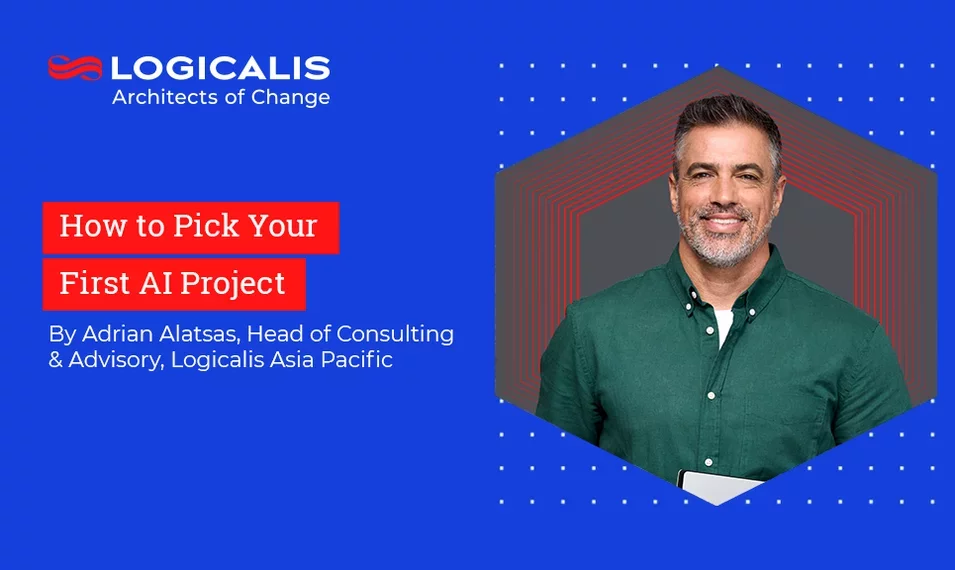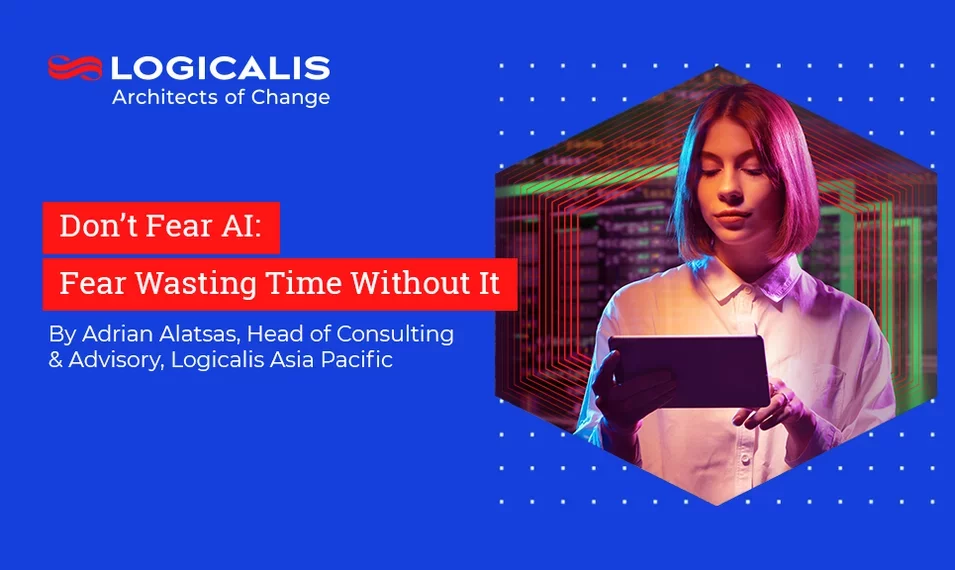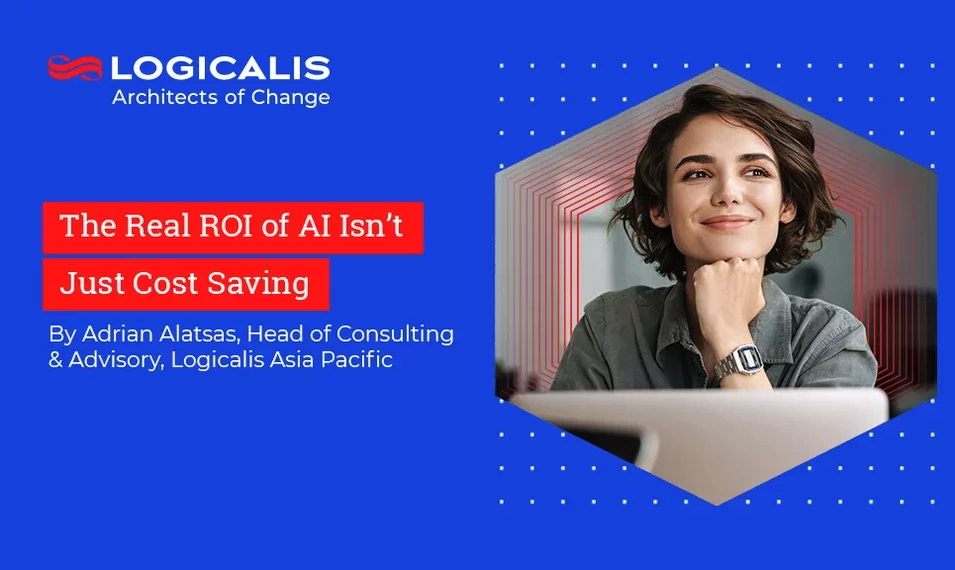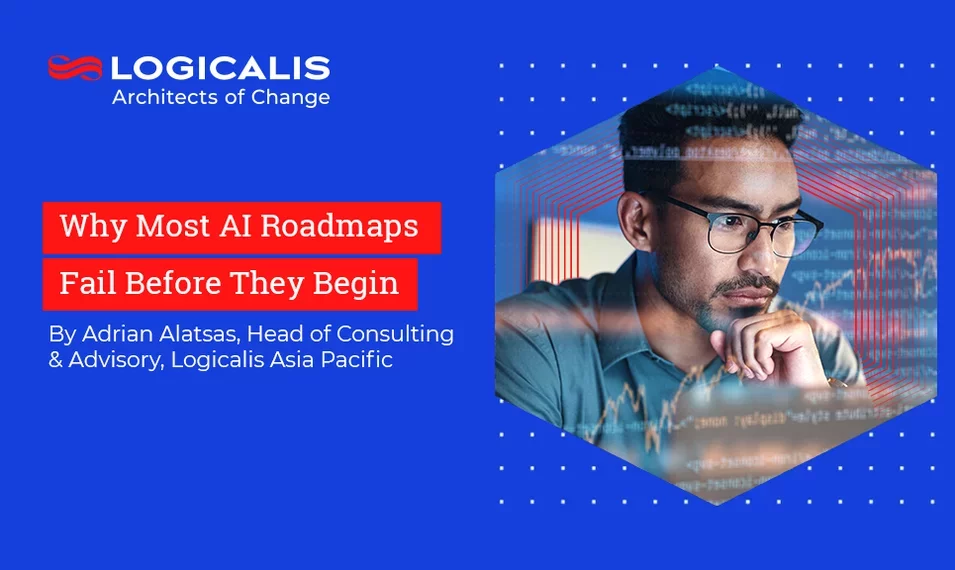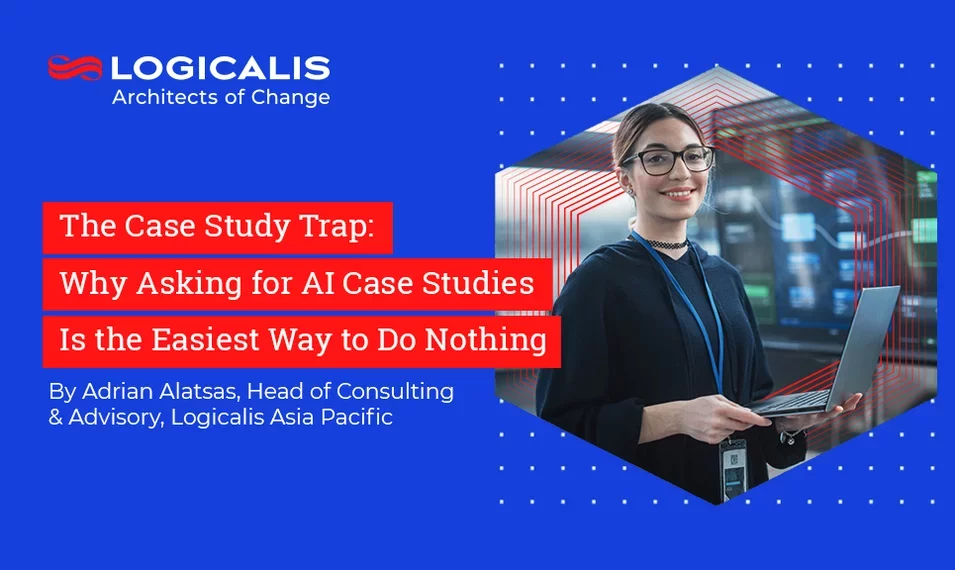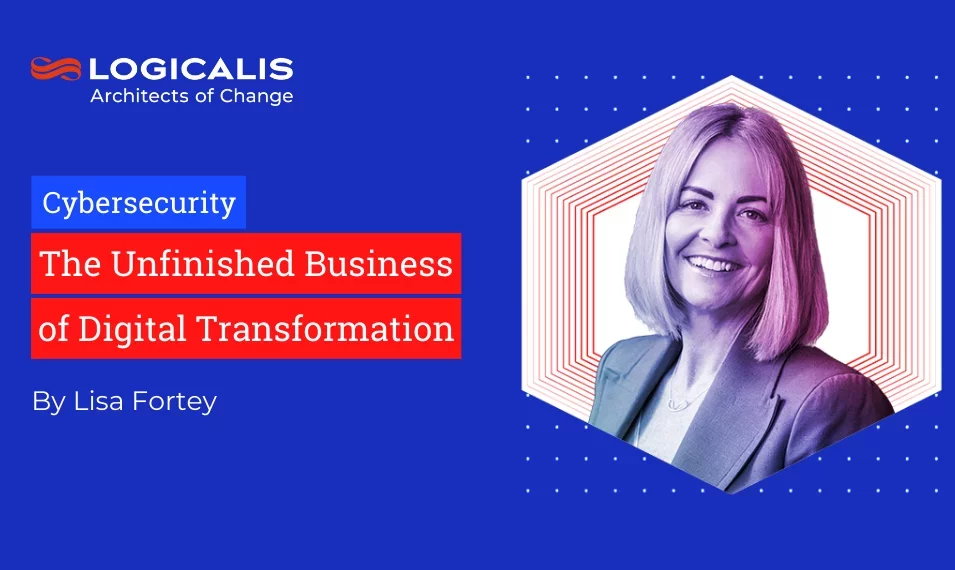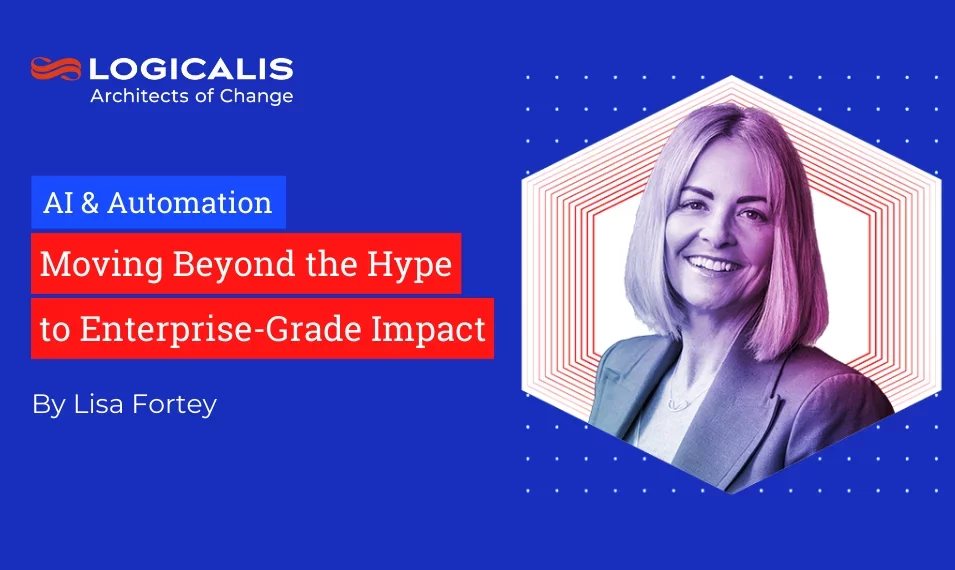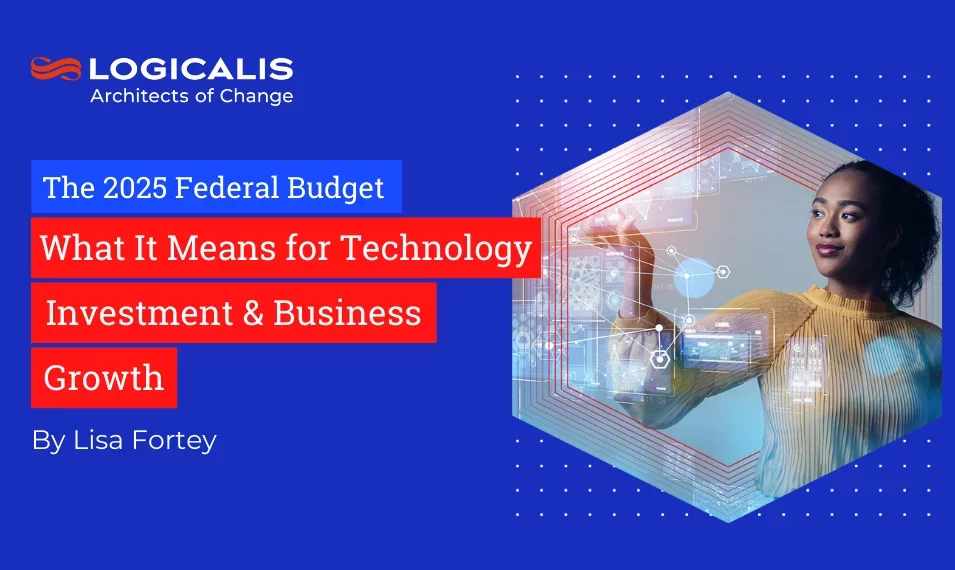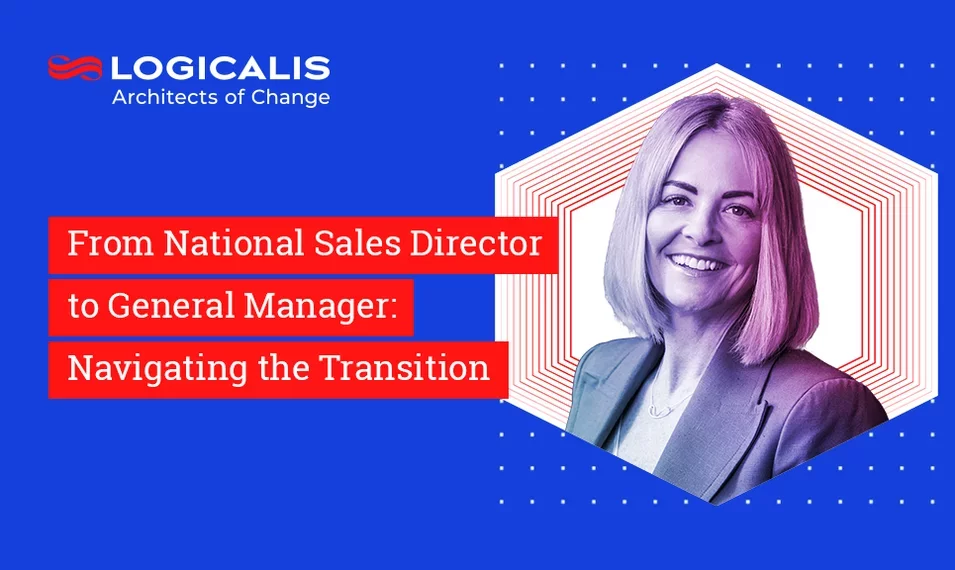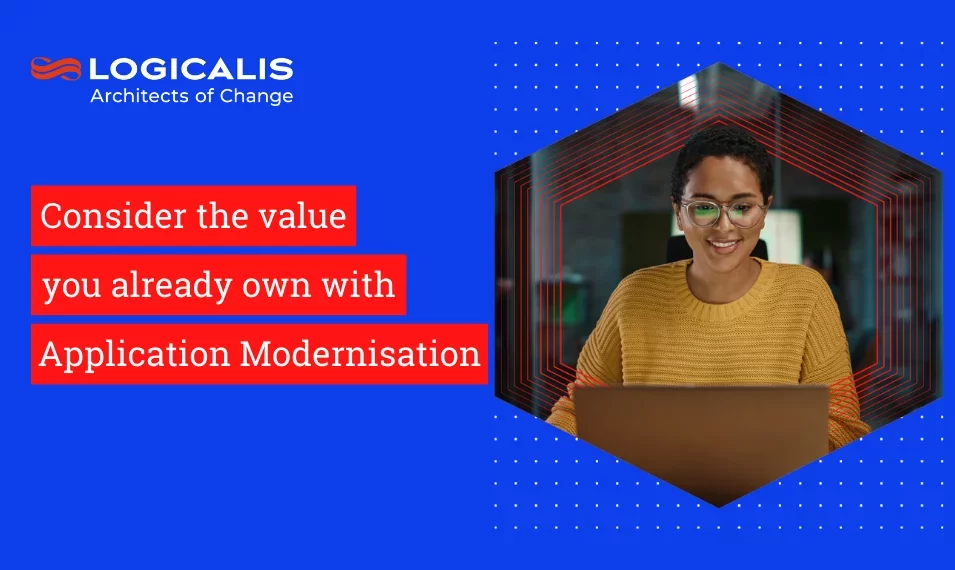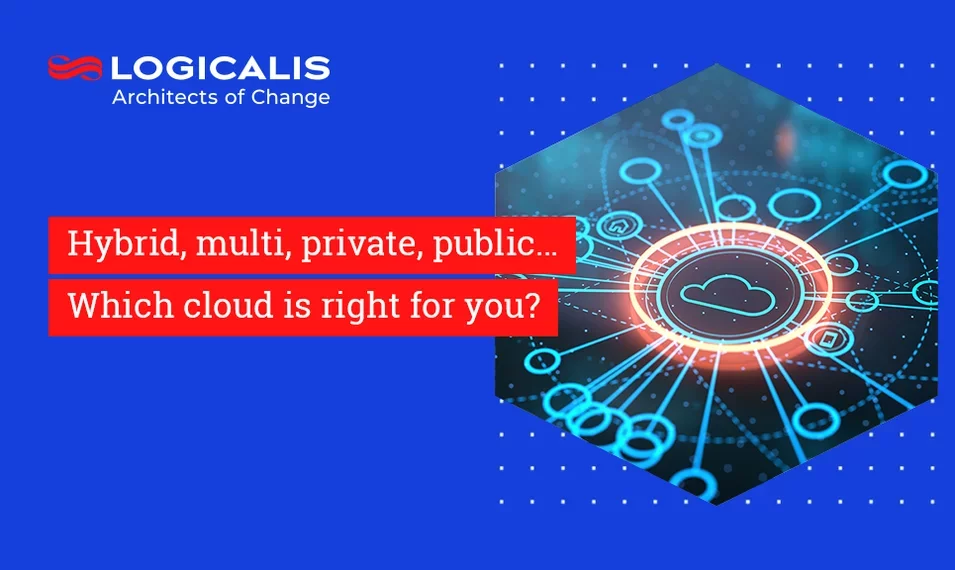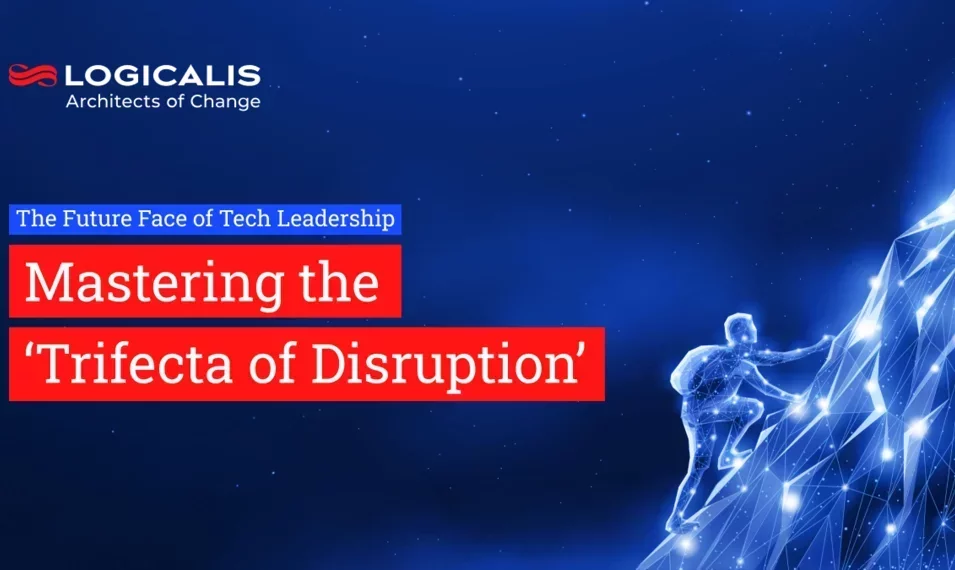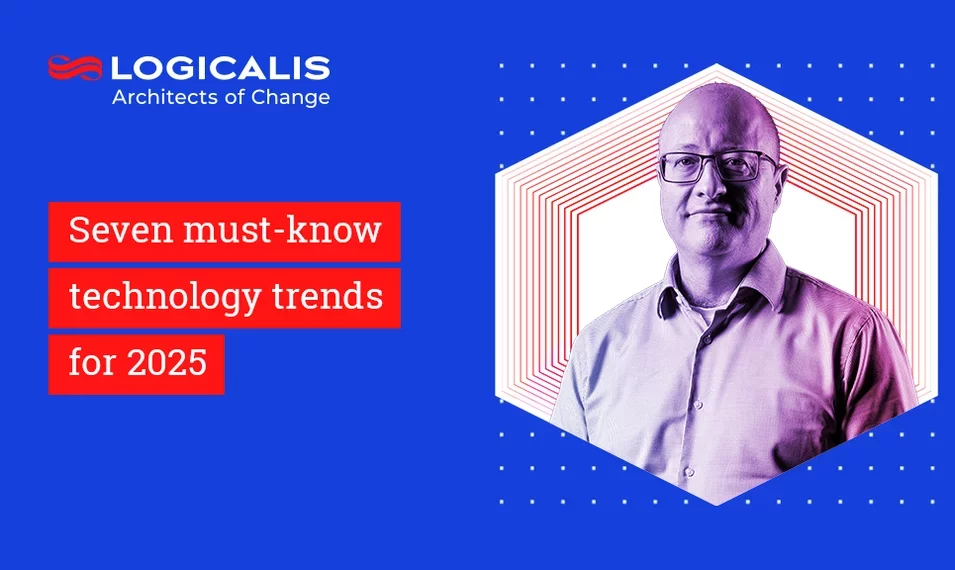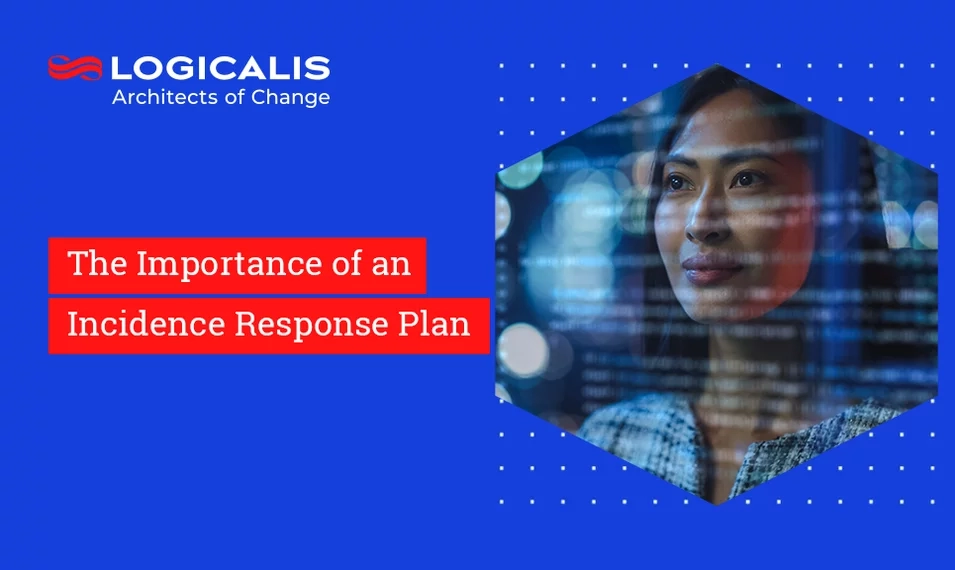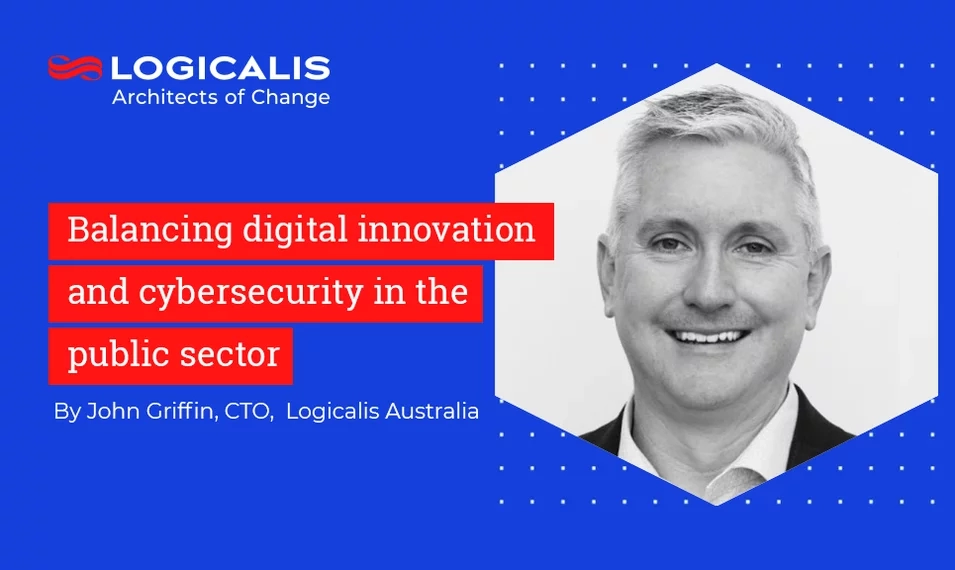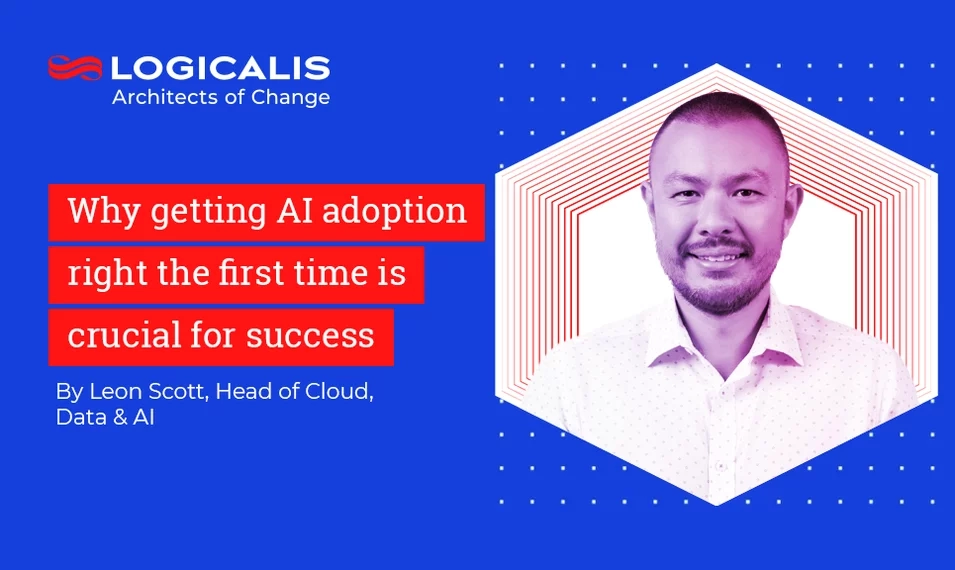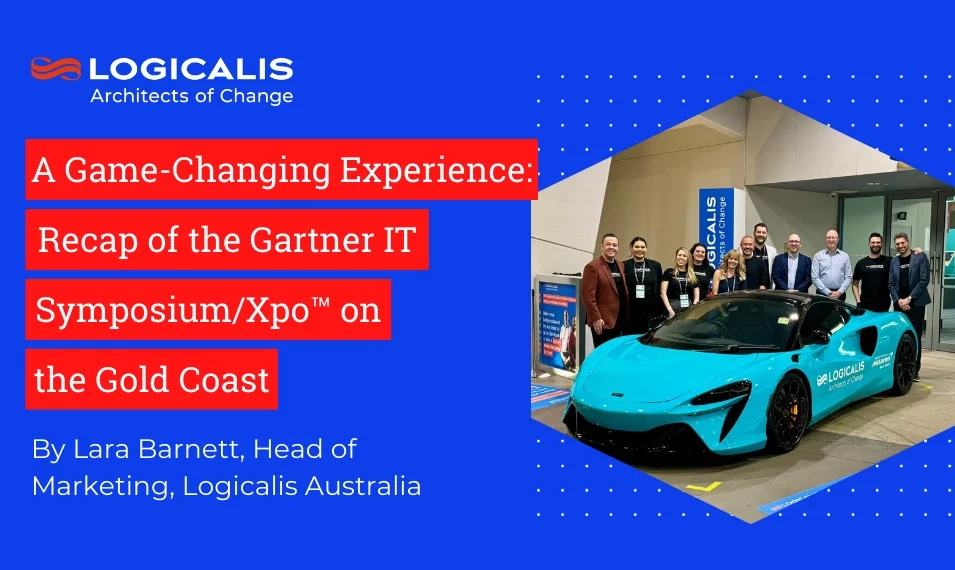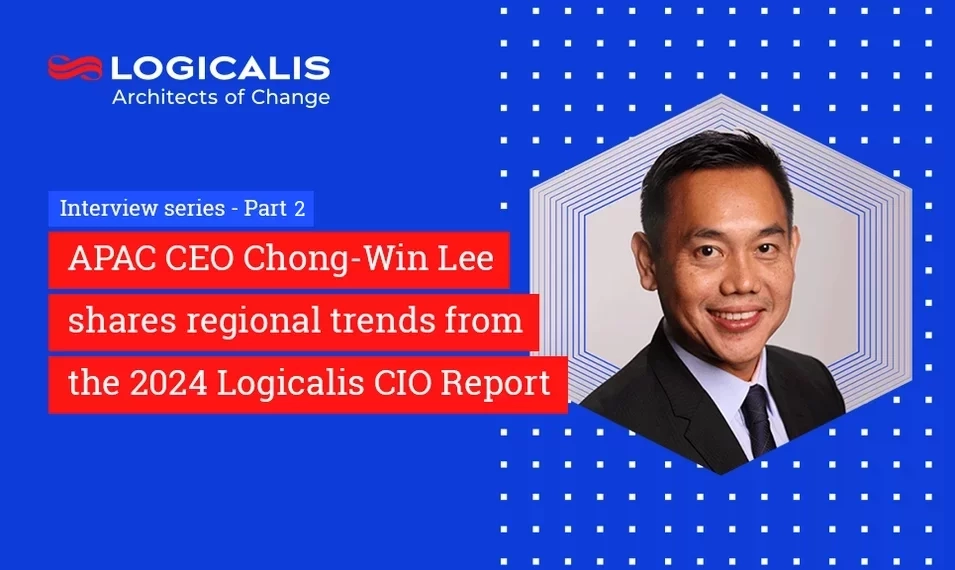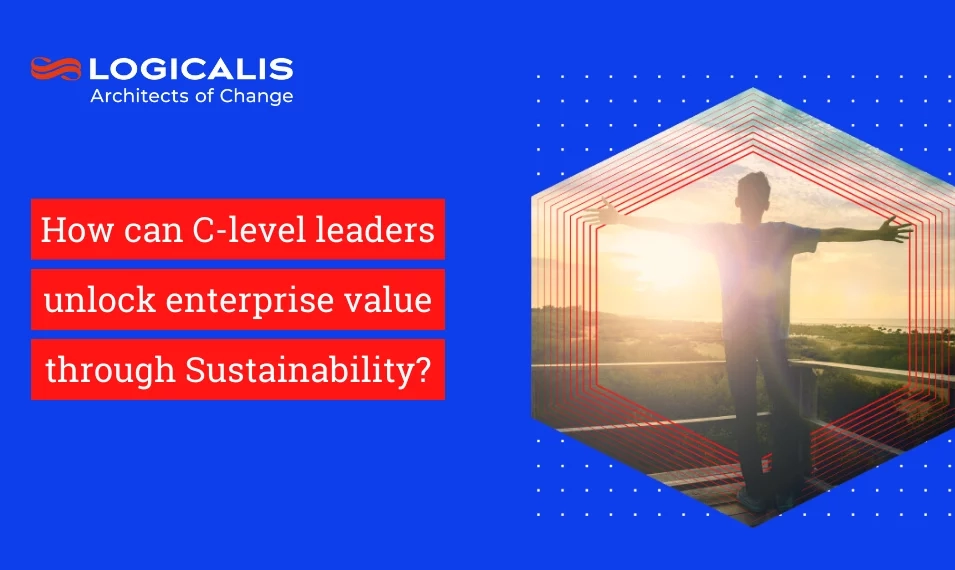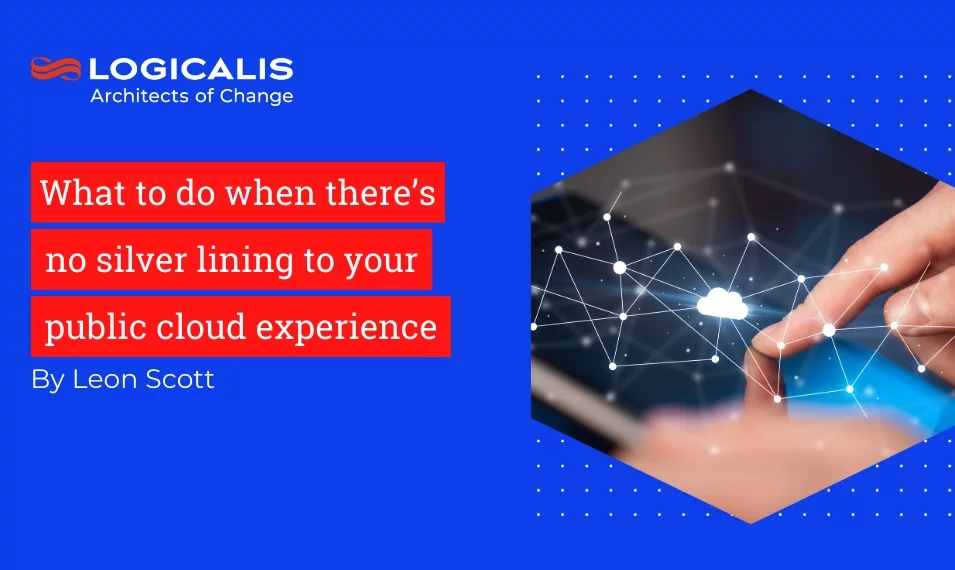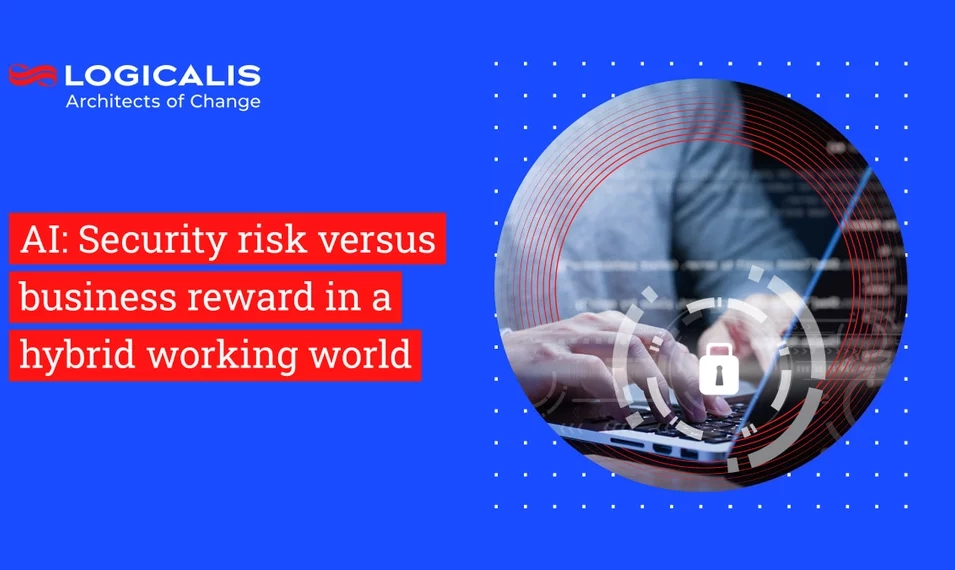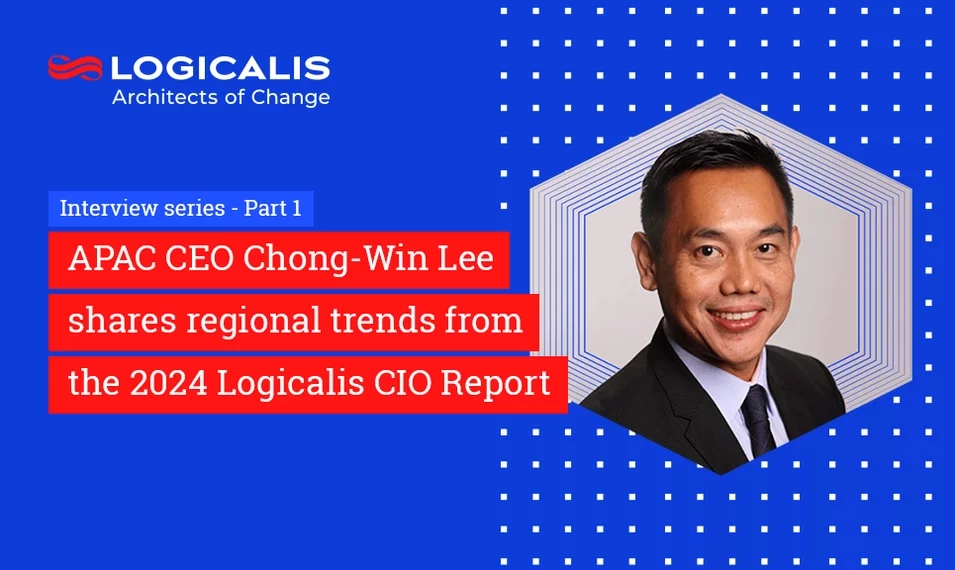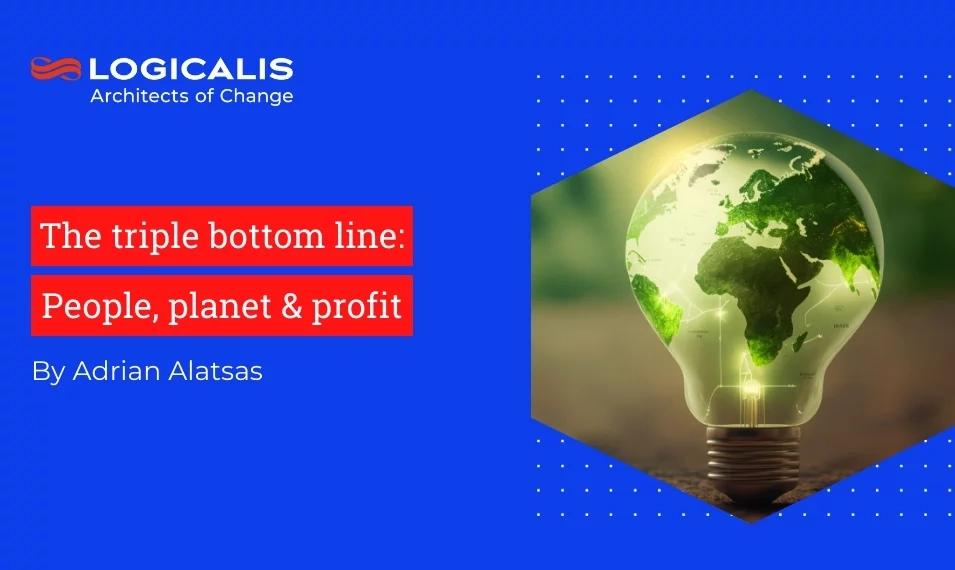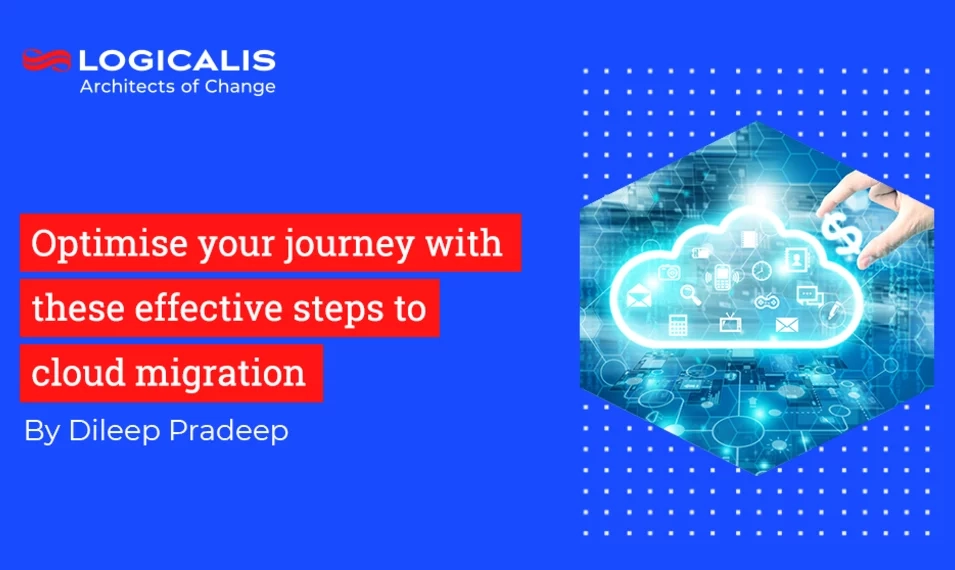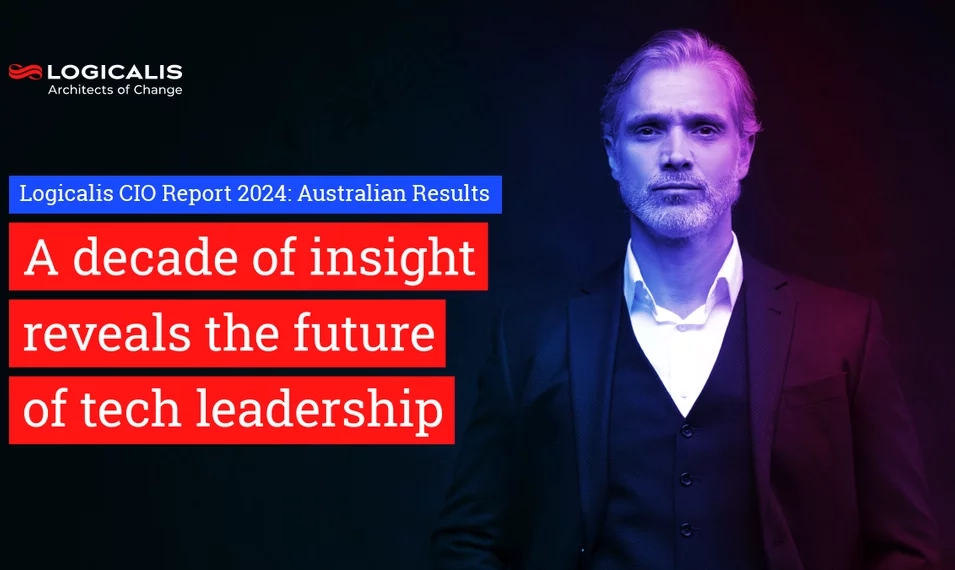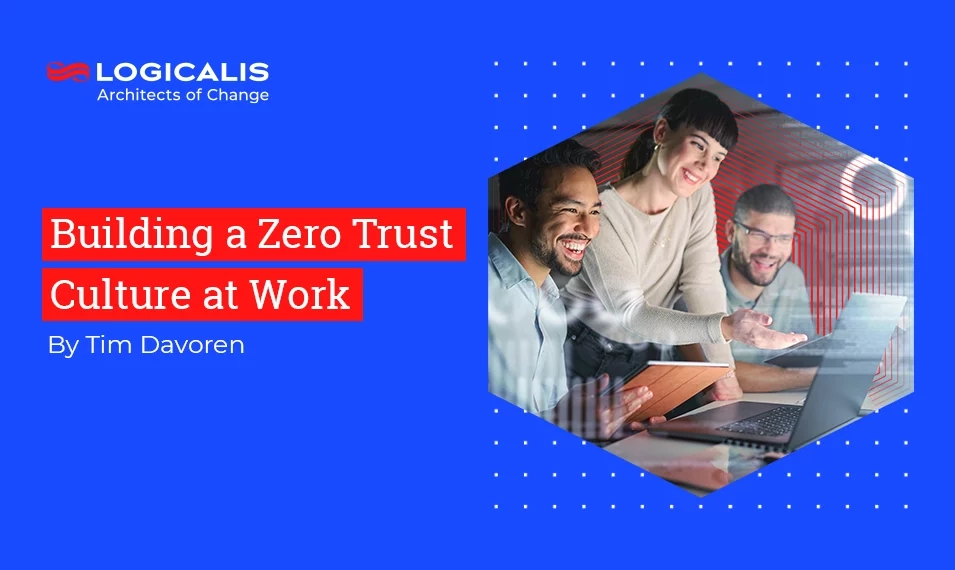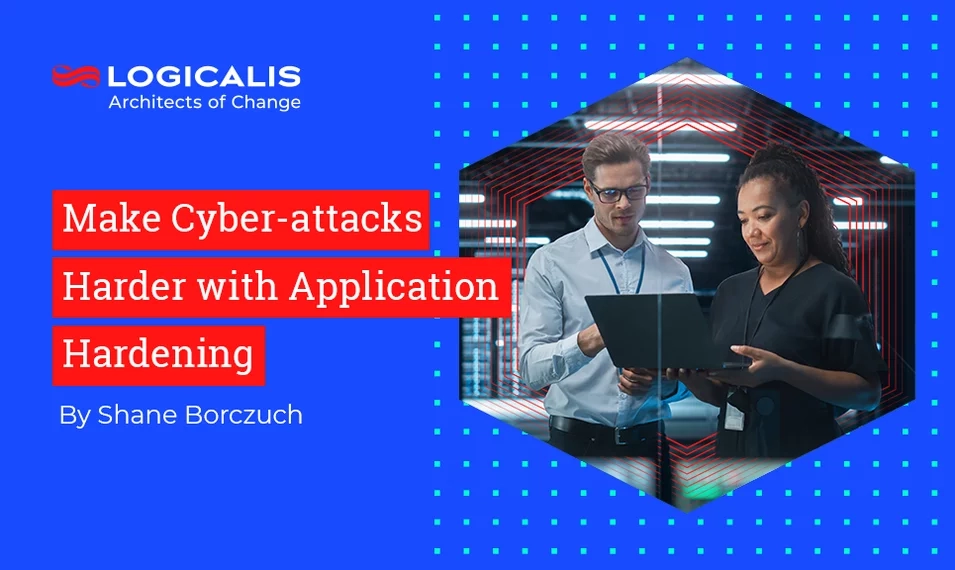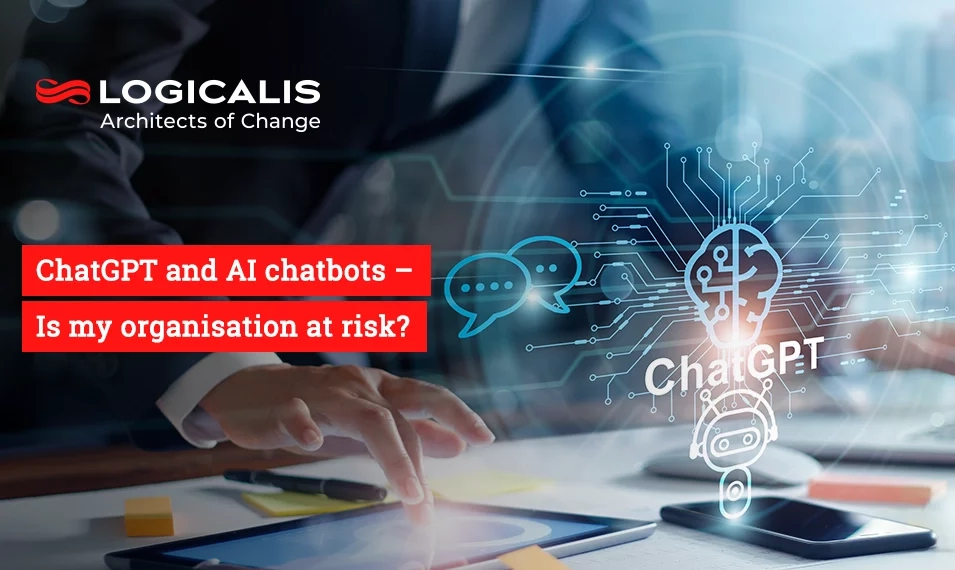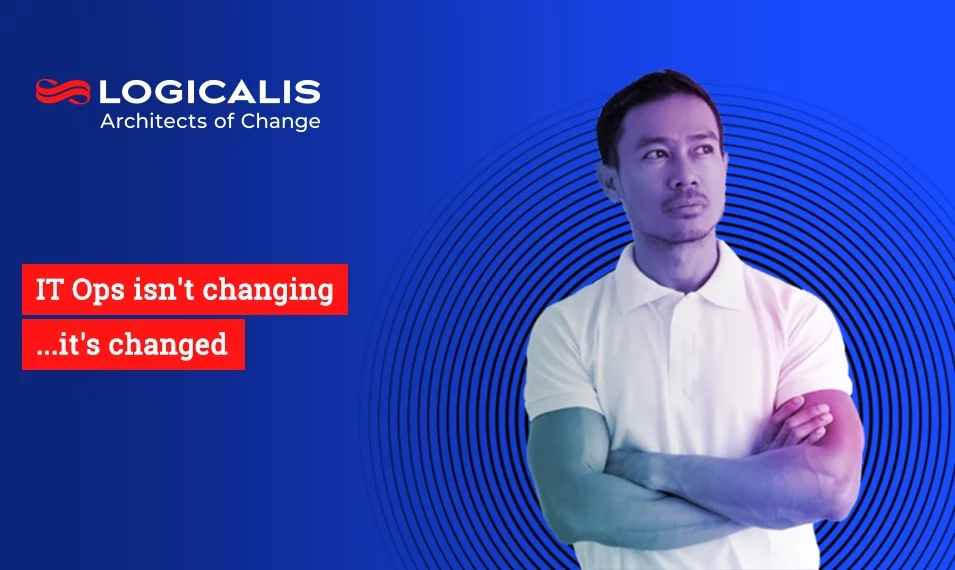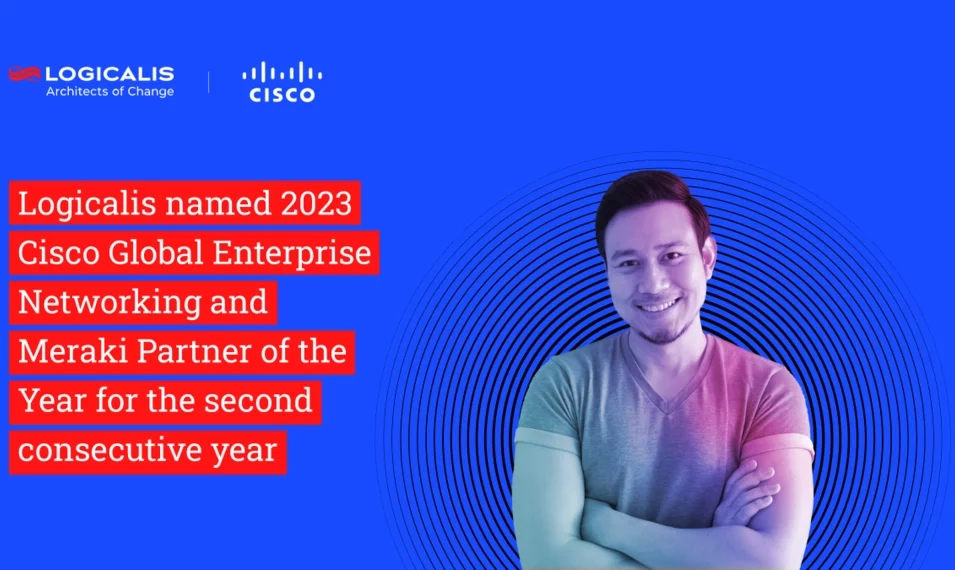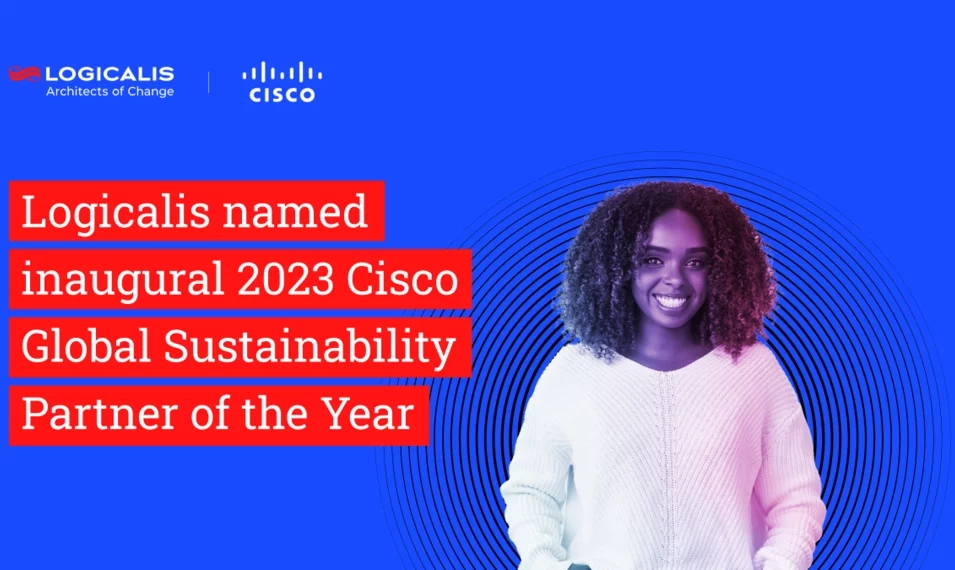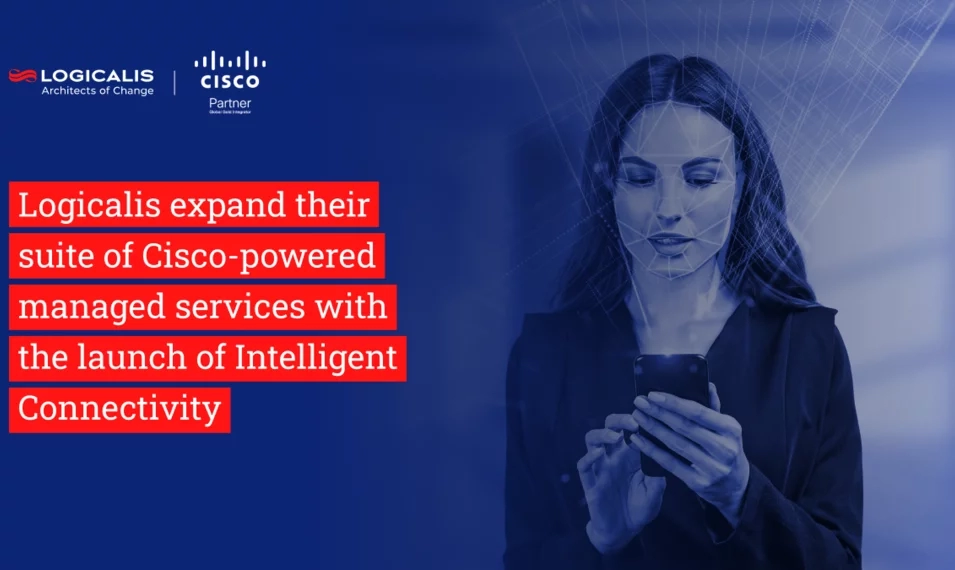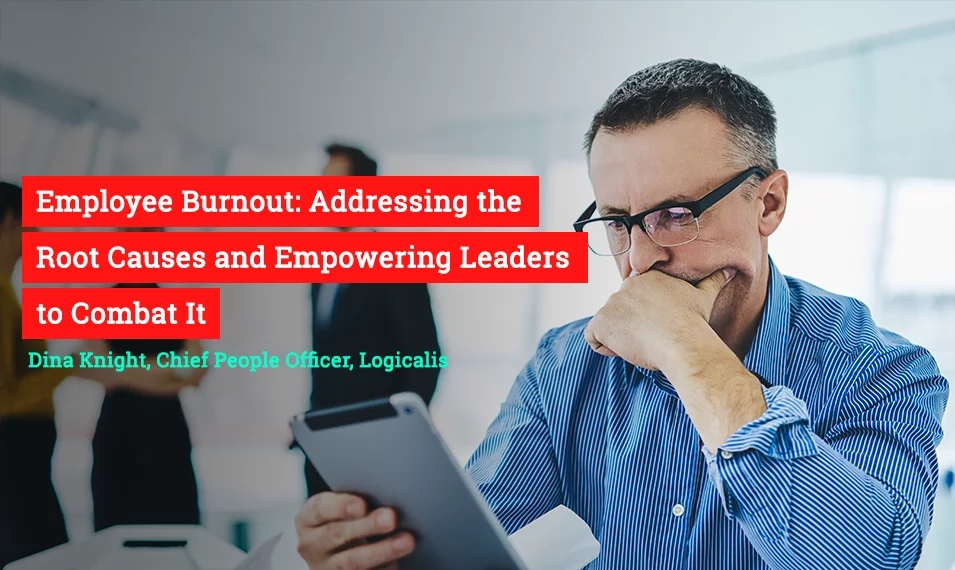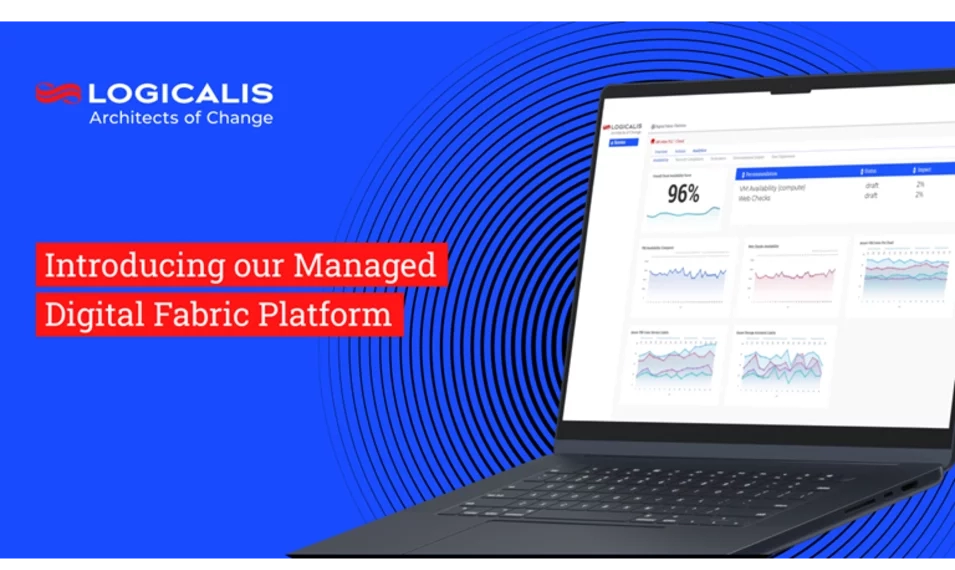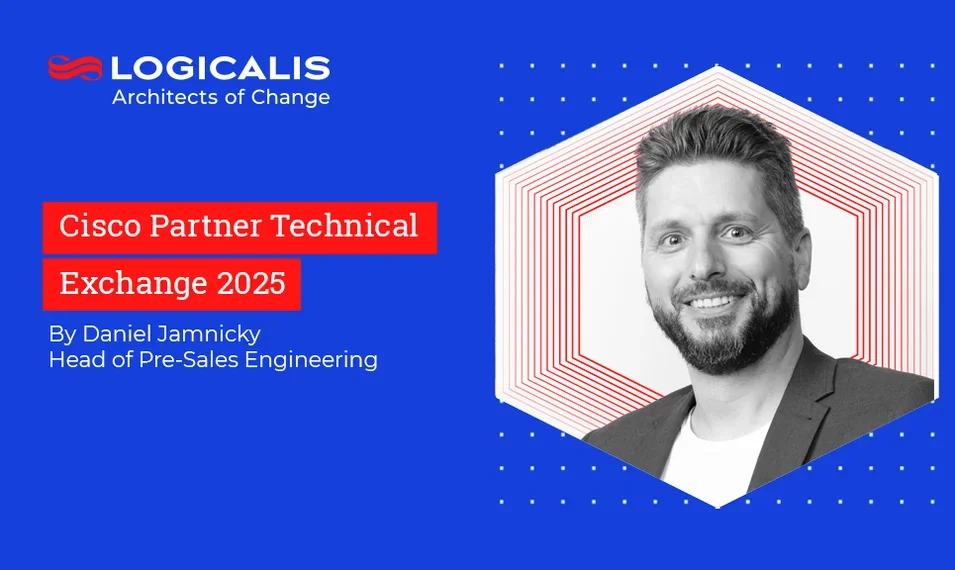
Australia, Apr 11, 2025
I recently had the privilege of attending the Cisco Partner Technical Exchange Conference 2025 in Bangkok, and it truly was an unforgettable experience! The event brought together Cisco representatives and partners from across the Australia and Asia Pacific regions, providing a unique opportunity to connect, collaborate, and learn from one another.
Throughout the conference, I had the pleasure of meeting colleagues from Logicalis APAC regions, including Singapore, Taiwan, and Indonesia. The exchange of insights and experiences was both enriching and inspiring (see photo). It was exciting to discuss new ideas and strategies, all while strengthening our relationships across the region.
Over the course of the four-day event, I was immersed in a variety of content-rich sessions that covered the latest innovations, emerging trends, and Cisco's ongoing transformation. From detailed product updates to forward-looking strategies, there was so much valuable knowledge shared. The sessions also featured exciting announcements about Cisco’s future direction, particularly in areas such as AI-driven networking, and security advancements.
In addition to the technical content, the conference also provided ample networking opportunities. It was fantastic to see firsthand how Cisco is evolving and positioning itself for the next phase of growth.
I’ve included a summary of the key takeaways below. The content covers all the major highlights and updates discussed during the event.

Key takeaways and summary
Cisco’s Vision for Secure Networking and Strategic Partnerships
Cisco emphasised the importance of adopting a platform approach to Secure Networking. They reinforced the critical role of the network as both a sensor and enforcer in delivering secure connectivity and shared their commitment to AI in networking.
Additionally, Cisco highlighted the extensibility of their platform in enabling impactful solutions for customers and partners like Logicalis. They also underscored the crucial role of their partners in meeting customer demand, as they collaboratively seize the $9B opportunity in APJC over the next 12 months.
The session covered key aspects of Cisco’s networking strategy and growth opportunities, reaffirming its focus on AI-driven Secure Networking, Wireless, and a platform-based approach for partners. Cisco showcased AI innovations such as Wi-Fi optimisation, predictive WAN routing, and enhanced security to proactively address connectivity challenges.
The discussion also explored the impact of Wi-Fi 7 in shaping future workplaces through AI-driven analytics and sustainable, immersive environments. Digital resilience was a key theme, with insights into fabric-based networking, Zero Trust alignment, and automation for enhanced security and operational efficiency. Additionally, Cisco highlighted the role of ISVs and its technology ecosystem, demonstrating how Meraki APIs create new partner opportunities, drive larger deals, and increase renewal rates.
Finally, the session examined best practices for managed service providers, emphasising scalable and secure networking solutions tailored for evolving business needs.
Cisco’s Innovations in Zero Trust, AI Defense and Next-Gen SOC
Cisco emphasised its rapid security innovation, reinforcing its commitment to building a more resilient, intelligent, and adaptive security ecosystem. Their focus spans five key areas, each designed to enhance protection, streamline management, and future-proof security operations.
Hybrid Mesh Firewall introduces a new approach to network security by integrating Cisco’s existing and new security products. This enables centralised workflows, monitoring, and policy control that scale with customer needs. Cisco highlighted advancements in firewalling and segmentation, making security smarter and more connected.
Universal Zero Trust is a framework ensuring that no user, device, or application is inherently trusted, whether inside or outside the network perimeter. Following the "never trust, always verify" principle, every access request is authenticated, authorised, and encrypted before being granted.
Next-Generation SOC leverages Cisco’s latest XDR technology, integrating data from endpoints, email, cloud, identity, security controls, and the network. Cisco also detailed how their XDR platform connects with Splunk’s SIEM platform for enhanced security operations.
Security Cloud Control Platform unifies Cisco’s security technologies, creating a cohesive security solution. It enables shared objects, posture and policy management, eventing, and alerts across all security tools.
AI Defense focuses on protecting customers as they develop and implement AI applications, ensuring security remains a priority in AI-driven environments.
Maximising AI & Cloud: Modernising Data Centres, Secure AI Infrastructure, and Partner Opportunities
As organisations seek to harness the full potential of AI and cloud technologies, Cisco is focused on helping customers maximise AI’s value, modernise data centres for AI workloads, and build secure AI infrastructure with end-to-end visibility and AIOps. They emphasised the importance of modernising data centres to meet the growing demands of AI, ensuring these environments are optimised for performance, scalability, and cost-effectiveness. Cisco also highlighted partner promotions designed to drive profitability.
Some of the key themes explored were:
Reimagining Data Centres – Cisco emphasised the need for modernisation, AI-driven opportunities, and evolving customer expectations in the AI era.
DC Compute – Cisco explored VMware partnerships and data centre rearchitecting options. They introduced AI-driven compute innovations and recent product announcements to support enterprise AI adoption while reducing power and cooling demands. Additionally, they highlighted available promotions and programs for Compute.
Data Centre Networking – Cisco underscored the critical role of networking in AI workloads. They showcased how Intersight simplifies management across ACI, Nexus, and AI workloads, creating a unified management policy for data centre operations.
Managed Services – Cisco shared insights from the AI readiness index, highlighting key concerns such as skills, technology, data privacy, and security. They discussed Cisco-powered Cloud & AI offerings and how partners can support customers through this transition with managed services.
AI- Driven Collaboration, Seamless Connectivity & Partner Growth
Cisco is transforming work and collaboration with AI-driven, secure, and connected experiences. Their focus is on future-proof workplaces that are agile, resilient, and seamless.
The Webex Suite is central to this vision, enabling work from anywhere with AI-powered features like automatic translations, smart relighting, and conversational AI for troubleshooting. Cisco aims to enhance employee and customer experiences while driving partner profitability.
Cisco is transforming work and collaboration with AI-driven, secure, and connected experiences, focusing on future-proof workplaces that are agile, resilient, and seamless. At the core of this vision is the Webex Suite, which enables work from anywhere through AI-powered features like automatic translations, smart relighting, and conversational AI for troubleshooting. By enhancing both employee and customer experiences, Cisco is also driving greater partner profitability.
With Distance Zero and Cisco Video Devices, Cisco is leading AI-driven video conferencing with seamless integration across Webex, Microsoft Teams, Zoom, and Google Meet, ensuring a consistent experience while supporting cloud migration.
In the Cisco Contact Centre, AI-powered solutions within the Webex Customer Experience suite reduce human-serviced contacts, improving automation and efficiency.
To further support partners, Cisco Programs and Profitability initiatives in the APJC region optimise sales strategies by leveraging the right combination of programs and portfolio, driving long-term success



